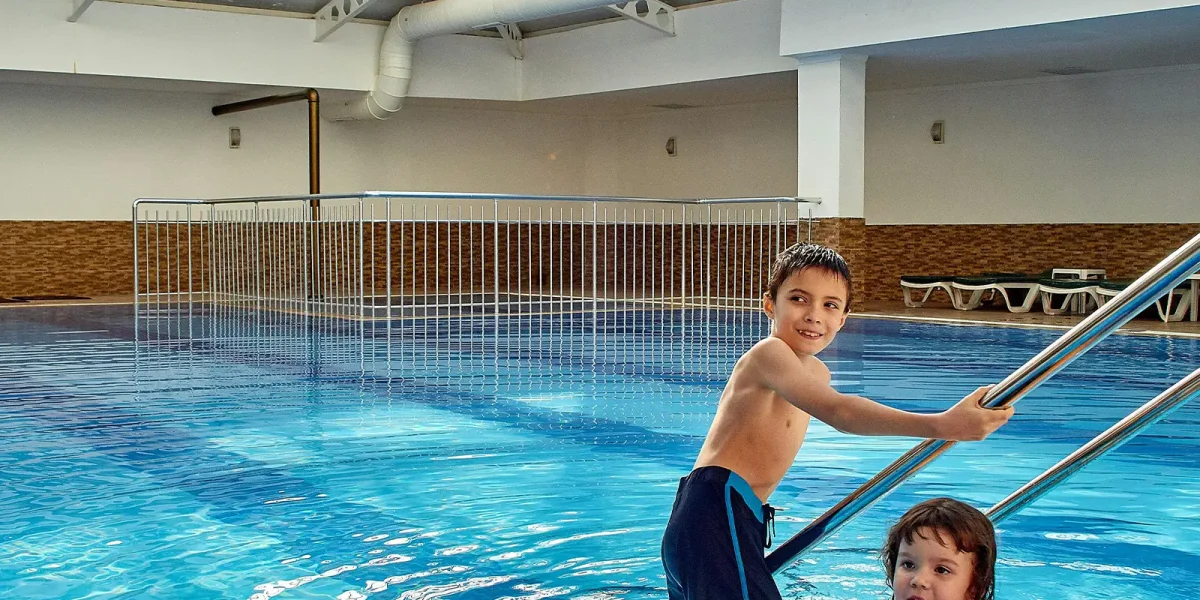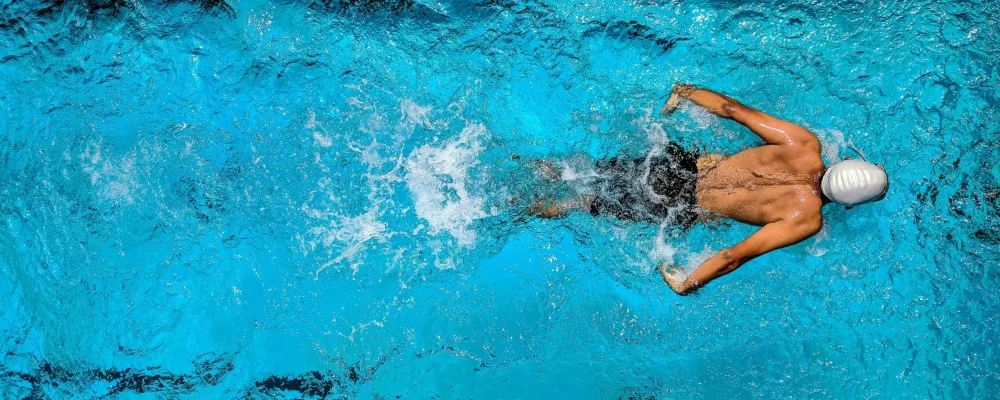
Installing a saltwater chlorinator is a great investment for pool owners seeking cleaner, more comfortable water with less maintenance. But even a high-quality system can underperform—or fail entirely—if not installed correctly. Whether you’re a DIY enthusiast or working with a contractor, it’s essential to avoid common mistakes that can lead to costly repairs or reduced efficiency.
Here are the top seven installation mistakes to watch out for—and how to avoid them.
The placement of the chlorinator cell in your plumbing system matters. It should always be installed as the last piece of equipment on the return line—after the pump, filter, and heater—so that clean, warm water flows through the cell for optimal chlorine production. Installing it upstream may introduce debris, oil, or cooler water that hinders performance or shortens the lifespan of the cell.
Saltwater chlorinators require a minimum water flow to function properly. If your system includes variable speed pumps or bypass valves, ensure that the chlorinator receives consistent, adequate flow. Failing to meet the minimum flow requirement can lead to error codes, reduced chlorine generation, or even permanent cell damage.
For safety and durability, the system must be properly bonded and grounded according to the manufacturer’s specifications. Skipping this step can expose your equipment to electrical surges or corrosion caused by stray voltage. Many installations fail prematurely due to improper or missing bonding wires between metal components.
Not all chlorinators use the same power input. Some models require direct wiring to a timer or pump relay, while others use a plug-in transformer. Using the wrong voltage or failing to follow the recommended connection method can damage internal circuits. Double-check voltage compatibility (e.g., 120V vs. 240V) and always turn off the power supply during installation.
After adding salt to your pool, it’s crucial to let it fully dissolve before turning on the chlorinator. Undissolved salt crystals can enter the cell and cause buildup, abrasion, or false readings. Ideally, circulate the water for 24 hours and confirm salinity with a test strip before activation.
Don’t rely solely on the chlorinator’s digital readout to determine salt levels. Use an external salt test kit or digital salinity meter during startup and routine checks. If your pool’s salinity is outside the recommended range, the system may produce too little chlorine or enter protection mode—leaving your pool unprotected.
Always read the user manual thoroughly. Different chlorinator brands—and even different models from the same brand—may have unique installation procedures, voltage requirements, safety precautions, and recommended placements.
Many installation errors happen when users blindly follow generic online tutorials or copy setups from YouTube videos without verifying compatibility with their specific unit. This can result in damage to the system, voided warranties, or suboptimal chlorine production.
Take the time to follow your manufacturer’s documentation step-by-step. It’s a small investment that can prevent major problems later.
Troxlly saltwater chlorinators are designed with user-friendly installation in mind. Each unit includes clear setup instructions, polarity protection, built-in salinity alerts, and auto-cleaning titanium cells for long-term durability. Our models support pools ranging from 15,000 to 60,000 gallons, and come with a 3-year warranty for added peace of mind.
To learn more about Troxlly chlorinators and find the right size for your pool, visit troxlly.com.
